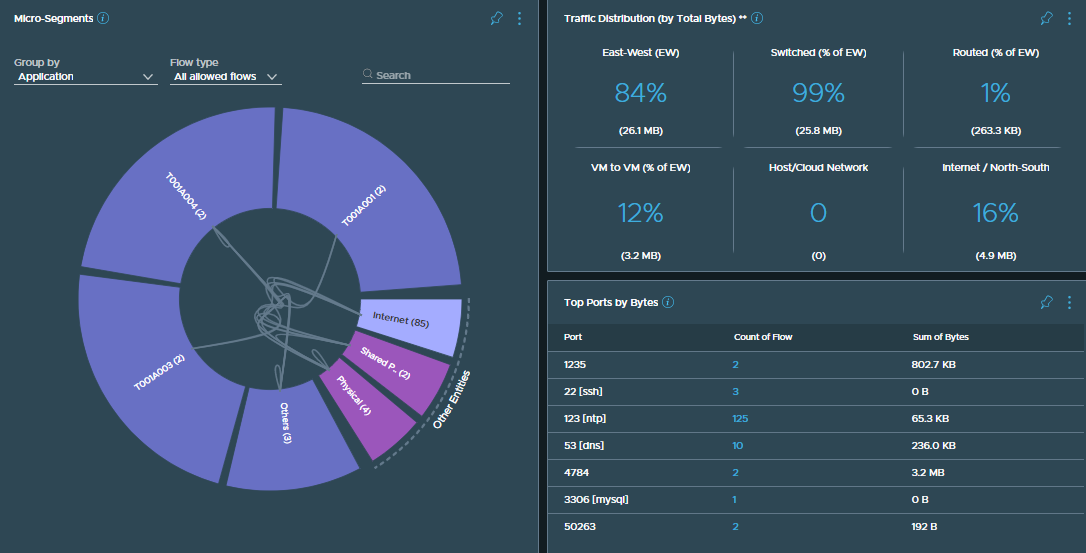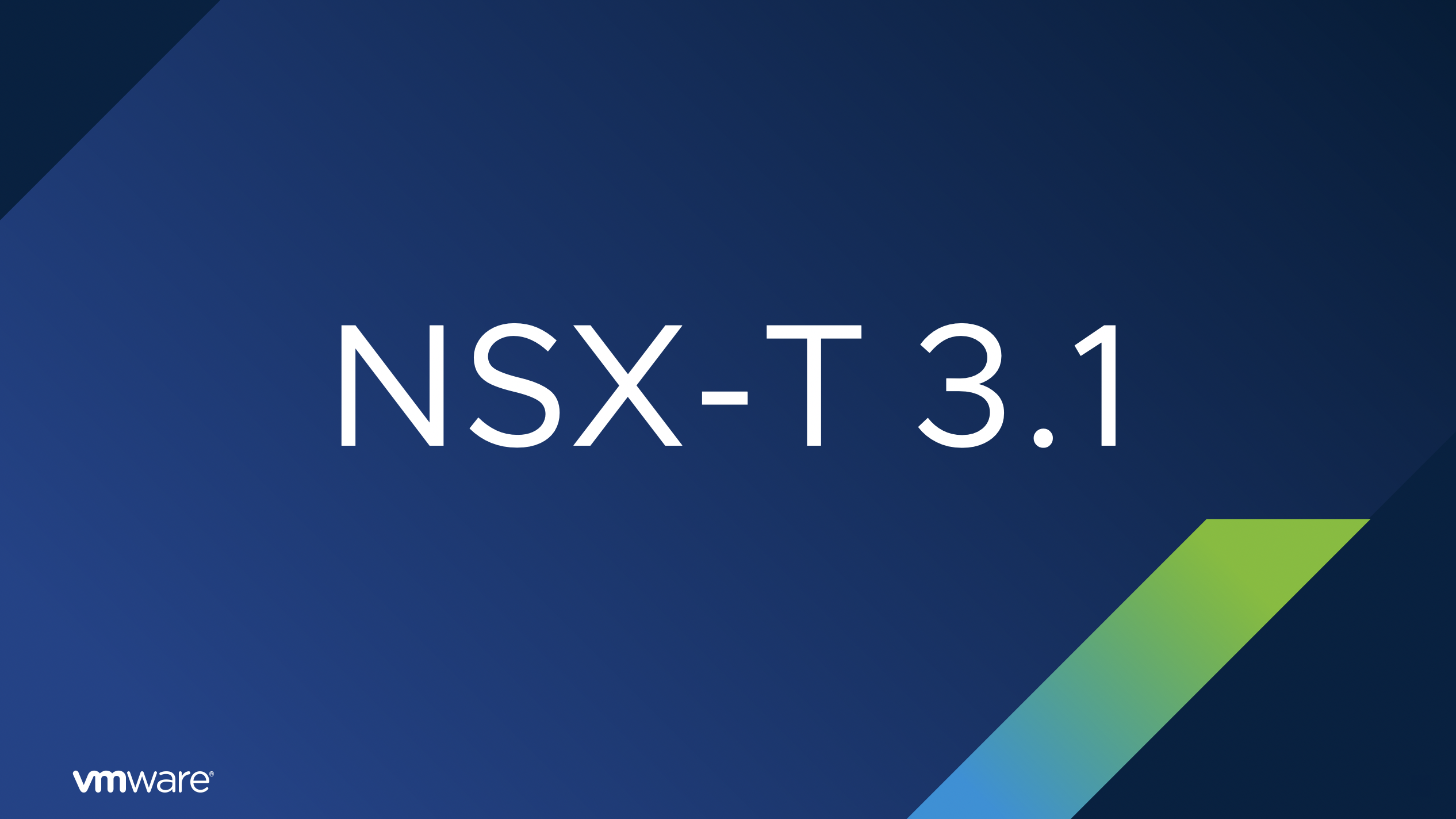VMware NSX-T Micro-Segmentation via vRealize Log Insight
I work with a lot of customers to design and deploy secure, zero-trust environments utilising VMware NSX-T Data Center and, specifically, by using its Distributed Firewall (DFW). I’ve also spoken at several VMUGs where I’ve discussed the realities of micro-segmentation using both NSX for vSphere (NSX-v) and NSX-T and the tools that can be utilised to aid in the identification of application dependencies, traffic flows, services, etc.
I also understand that not all customers are able to utilise some of the more advanced VMware toolings such as NSX Intelligence and vRealize Network Insight, however, there is another tool that we can use to identify our application dependencies and, best of all, if you’re a licensed NSX-T customer, you’re also licensed for…vRealize Log Insight (vRLI).
In this article, we explore how we can utilise vRLI to identify and visualise application traffic flows so that we can more effectively secure our applications.
Continue reading → VMware NSX-T Micro-Segmentation via vRealize Log Insight









